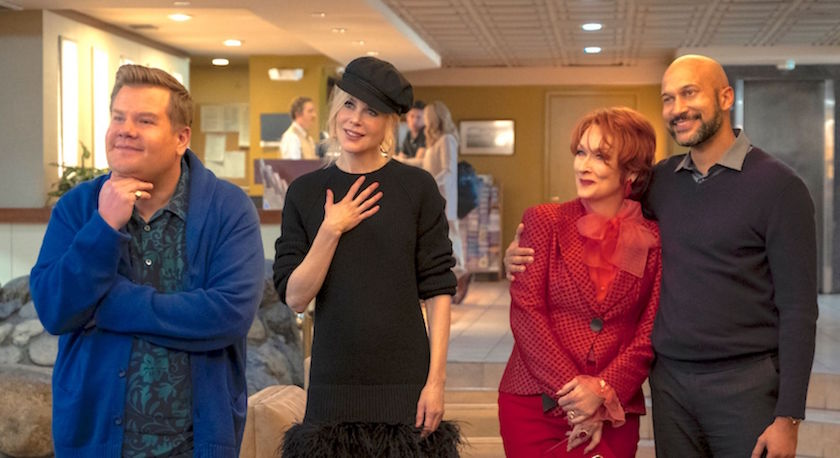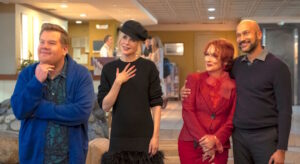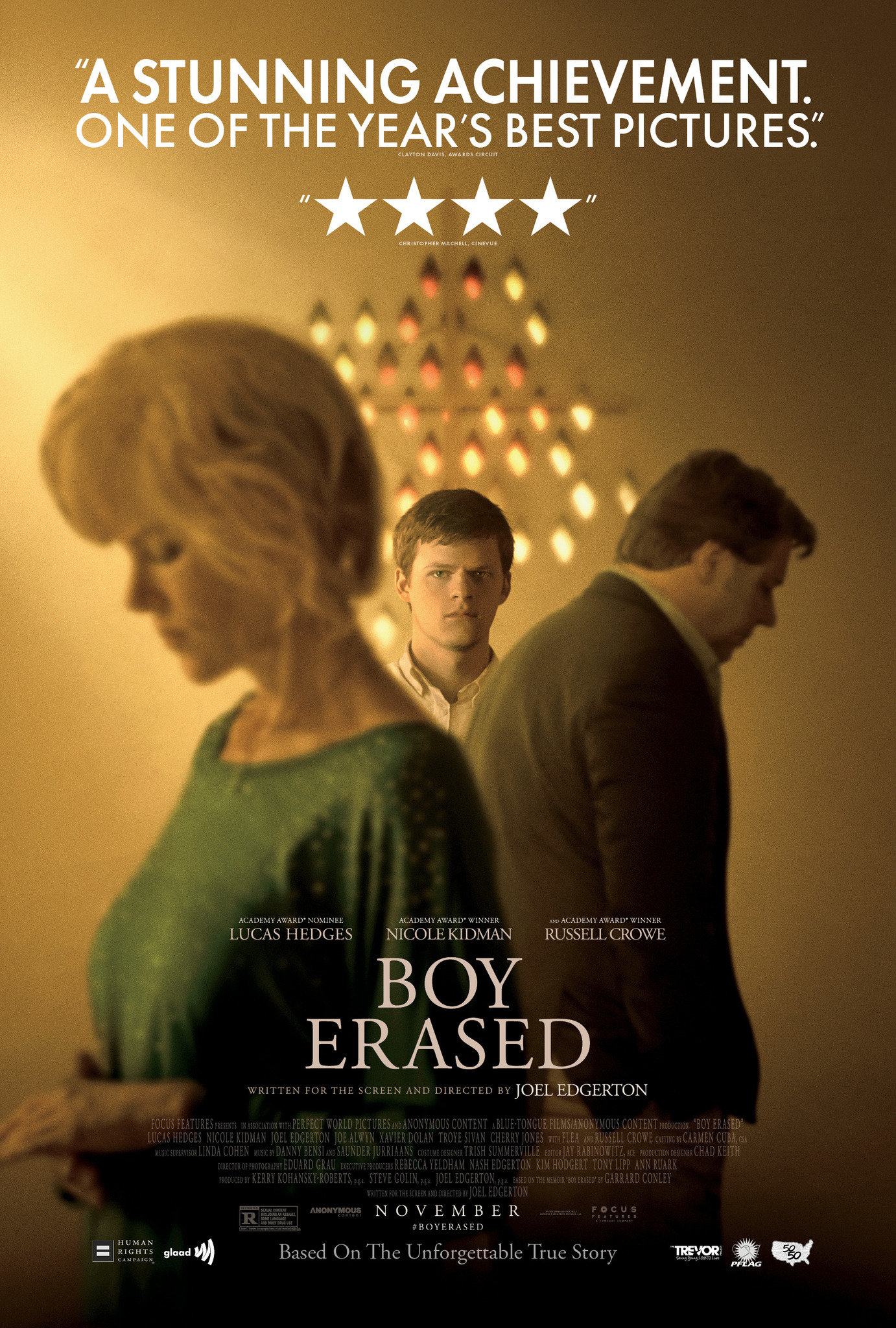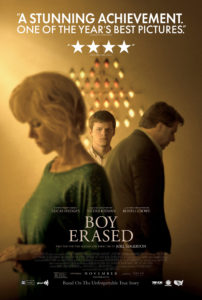Joe Bell
Posted on July 22, 2021 at 5:30 pm
B-| Lowest Recommended Age: | Middle School |
| MPAA Rating: | Rated R for language including offensive slurs, some disturbing material, and teen partying |
| Profanity: | Some strong language |
| Alcohol/ Drugs: | Alcohol |
| Violence/ Scariness: | Teen suicide, family member killed in an accident |
| Diversity Issues: | A theme of the movie |
| Date Released to Theaters: | July 23, 2021 |
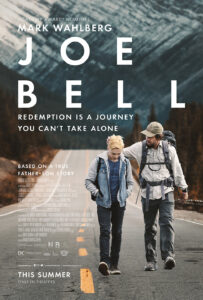
It is more complicated than that, and music sadder. Jadin Bell was an Oregon teenager who was ruthlessly bullied for being gay. Feeling heartbroken and friendless, he took his life. And his father, Joe Bell, decided he would spend two years walking all the way across America, stopping wherever he could to talk to teenagers about bullying, and about what a difference they could make by being more accepting and kind.
The story of Joe and Jadin Bell is now a feature film with Mark Wahlberg as the grieving father, Connie Britten as his wife, Lola, and Reid Miller, in a winning performance of exceptional sensitivity, as Jadin.
Wahlberg struggles to bring to life a man who is taciturn and often gruff. His character has trouble expressing his feelings. When Jadin tells him he is gay, Joe is accepting but irritated at being dragged away from the television to hear about it. He is dismissive when Jadin tries to talk to him about being bullied. Joe loves Jadin, but cannot acknowledge to himself or anyone else that he is uncomfortable with anything that does not fit into his notion of what it means to be a man.
He is not much better at talking to the people he meets in his travels than he was in talking to Jadin. He wants very much to deliver the message but his inability to tell his own story and acknowledge his failure to support his son make it impossible for him to deliver the message he wants to deliver.
The movie has the same problem. It is well-intentioned but the abrupt shift due to the facts of the real story derails the message it is trying to deliver. There are some tender moments, especially when Joe share a Lady Gaga song and when Joe meets a sympathetic cop. But we do not get enough of a sense of what Joe learns as he becomes more honest with himself, or the impact he had, and that makes it more difficult for us to feel the impact on us.
Parents should know that the themes of this movie include teen bullying and suicide. A parent is tragically killed. Characters drink, including teen partying, and they use strong language.
Family discussion: Why do people bully? What is the best way to respond to a bully? What is the best way to support those who have been bullied?
If you like this, try: “Ride” and “Love, Simon”


